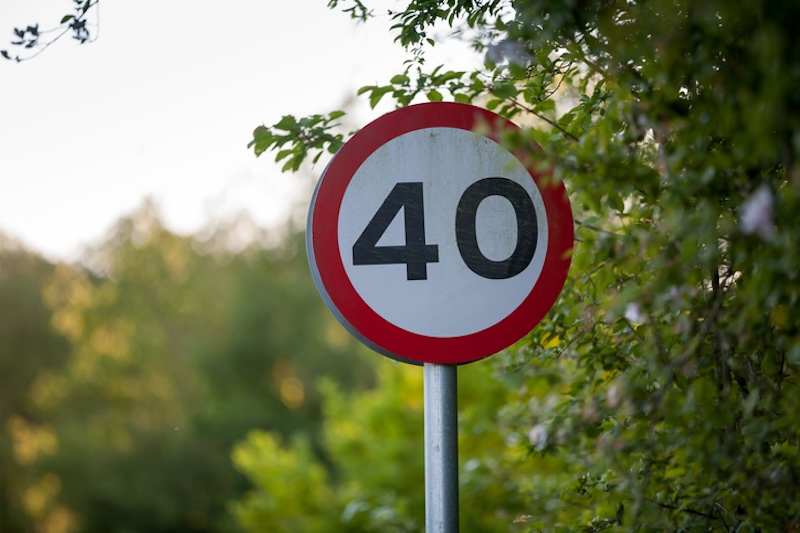Driving law changes of 2018: What we know so far

The last 12 months saw plenty of driving law changes. Car tax, mobile phone penalties and alterations to the practical driving test were just some of the updates. And 2018 looks set to continue the trend…
Tax hike for all newly registered diesel cars
From April this year, Vehicle Excise Duty (VED) for diesel cars that don’t meet the latest emission standards will go up by one band, and could cost drivers of the worst gas-guzzlers up to £500 extra every year.
Chancellor Philip Hammond announced in the Autumn budget that the changes will come into effect to fund a new £220 million Clean Air Fund.
He said: “From April 2018 the first year VED rate for diesel cars that don’t meet the latest standards will go up by one band and the existing diesel supplement in Company Car Tax will increase by 1%.
“Drivers buying a new car will be able to avoid this charge as soon as manufacturers bring forward the next-generation cleaner diesels that we all want to see.”
Drivers of white vans will not be hit by the measures, the chancellor stated.
Ignoring smart motorway lane closures
From March this year, any drivers who ignore the big red X on smart motorways could see themselves landed with a fine.
According to the Press Association, cameras that detect lane violations are “currently being tested by the Home Office”, and will see motorists who flout the warnings issued with a penalty.
Highways England says from spring, a £100 fine and three points will be applied to those driving licences of those flouting the rules– the same penalty for driving through a red light.
The roads agency says since December 2016 it has issued around 80,000 letters to drivers who have ignored smart motorway warnings. A third of these relate to driving in closed lanes.
A Highways England spokesman says: “We close lanes for a reason and drivers ignoring red Xs puts themselves and others at risk.
“Since we started issuing warning letters we have seen a decrease in the number of drivers ignoring lane closures.”
MOT changes for classic cars
Vintage vehicle enthusiasts have an expensive hobby. But this pastime is about to get a little less expensive in 2018 with changes to the yearly roadworthiness test
As of 20th May, most vehicles manufactured or first registered more than 40 years ago will be exempt from having to undergo the annual Ministry of Transport test (MOT).
A spokesman for the Department for Transport told consumer site Honest John: “Most vehicles manufactured or first registered over 40 years ago will, as of 20th May 2018, be exempt from periodic testing – unless they have been substantially changed.”
This means vehicles that have only had light modifications carried out, or those that have been refurbished to an identical specification, will still be exempt from testing.
For instance, replacement chassis, monocoque body shells or subframes made from the same patterns are not considered to be “substantially changed”. However, if the body of the car has been largely changed from the original spec, then this would require an annual test.
Cars that have had a new engine can also be exempt, providing the alteration is made using the same “alternative original equipment engines”, according to guidance. This also applies to “alternative cubic capacities of the same basic engine,” the Government has said.
Non–exempt vehicles
To avoid confusion the Government has issued guidance on certain vehicles that will not be exempt from the annual roadworthiness test, including:
- Reconstructed classics – vehicles made up of period components from a variety of other vehicle types
- Kit cars assembled from more than one vehicle
- Kit conversions – where new kit parts are added to an existing vehicle
- Q-reg vehicles – those where their age or identity is in question
- Large goods vehicles – over 3.5 tonnes
- Buses and minibuses – those with more than eight seats
Drivers who ignore the rules of the road can be fined, issued with a penalty, or in some cases prosecuted – carrying heavier sentences. Brush up your knowledge with our complete guide to 2017 motoring law changes.


